Curly parsley and flat-leaved parsley both grow in most herb gardens. Curly parsley is one of the garnishes that aren't meant to be eaten but are added to meals anyway. The leaves are just there to make it look more impressive and tasty. As a mainstay of French cooking, this type of parsley is often called for when making a French dish. Italian parsley, also known as flat parsley, wouldn't taste as good with this dish.
Table of Contents
What is curly parsley?
This type of parsley is easy to grow and has round, curly leaves. The taste is stronger and not too similar to the flat-leaf type. Curly parsley can be used to decorate plates, often with a slice of fruit. You can also finely chop it and use it in place of parsley in those recipes, but the round, curly leaves are harder to wash than the flat ones.
Young curly parsley leaves have a mild flavour, but as they get older, they start to taste more bitter. This is true of many herbs, not just this one type. If you want to use curly parsley as a garnish, you can either use whole sprigs or chop it up finely so that the colour stands out and the texture isn't as noticeable.
Difference between flat and curly parsley
One of the most common types of parsley used in cooking is Italian (flat) parsley, which is also called flat-leaf parsley. Curly parsley is the other (which has ruffled leaves). Over the years, both have been used to season and decorate a wide range of foods from different cultures. But how much are they the same? Once upon a time, parsley was associated with fine dining. Now, it's in almost every home, where it sits in a nice herb rack. When you're growing and cooking at home, it can be hard to decide whether to use Italian parsley or curly parsley. In the end, it comes down to what you're making.
Even though they are often confused for each other, the biggest difference between them is how they look. Italian parsley has leaves that are flat and more of a dull green colour. They look like cilantro leaves. Curly parsley, on the other hand, has leaves that are ruffled and a colour that is brighter and more vivid. Curly parsley is more often used as a garnish because of its colour. It's not meant to be eaten, but it makes a dish look better, while Italian parsley is usually used to improve the taste.
Do Flat and Curly parsley taste the same?
Not quite. Italian parsley is used as a seasoning instead of a garnish because its flavour is stronger than that of its curly-leafed cousin. The texture of Italian parsley is smoother, which makes it taste better. People say that curly parsley has little to no flavour and is mostly used for its smell and bright colours to liven up a dish. However, the flavour can be stronger depending on how the plant was grown, how old it is, and what kind of soil was used. Still, curly parsley can't be used in place of Italian parsley, and neither can Italian parsley be used in place of curly parsley.
Health benefits of curly parsley:
Strong Bones
Curly parsley has a lot of nutrients, some of which are good for your bones. 1/2 cup of the fresh, chopped herb has a little more than 10 calories and gives you 615 percent of your daily vitamin K needs. Vitamin K is important for keeping blood from clotting, but it also helps make a protein that is important for building bones. Vitamin C is an important part of making collagen, which gives bones their shape and stability. Vitamin A helps bones grow in a healthy way. Parsley also has some calcium and magnesium, which are the two most important parts of bone tissue.
Good Sight
Parsley is a great source of vitamins C and A, which are good for eye health and vision. For your eyes to be able to adjust from bright light to darkness, they need vitamin A. This makes vitamin A an important nutrient for good low-light vision. Vitamin C is important for the normal, healthy function of eye tissues and blood vessels. Vitamin C is also a powerful antioxidant that keeps your retinas from getting damaged by the sun's free radicals.
Bolstered Immunity
Vitamin A in parsley also keeps the tissues that line your lungs and digestive tract in good shape, which is good for your immune system. These tissues are the first line of defence against infection because they are full of immune cells. Even though vitamin C doesn't prevent or cure the common cold, as was once widely thought, it does help the immune system work by making immune cells and keeping them safe. The high amount of vitamin C in parsley also makes the iron in the herb easier to absorb.
Prevents diseases
If parsley and other leafy green herbs and vegetables are a regular part of your diet, you may be able to avoid many chronic diseases. The amount of folate in 1/2 cup of fresh parsley is 11% of the daily value. Folate is an important B vitamin that helps prevent heart attacks and strokes by keeping homocysteine levels in the blood in check. High levels of homocysteine have been linked to a higher risk of blood clots. Flavonoids are also found in great amounts in parsley.

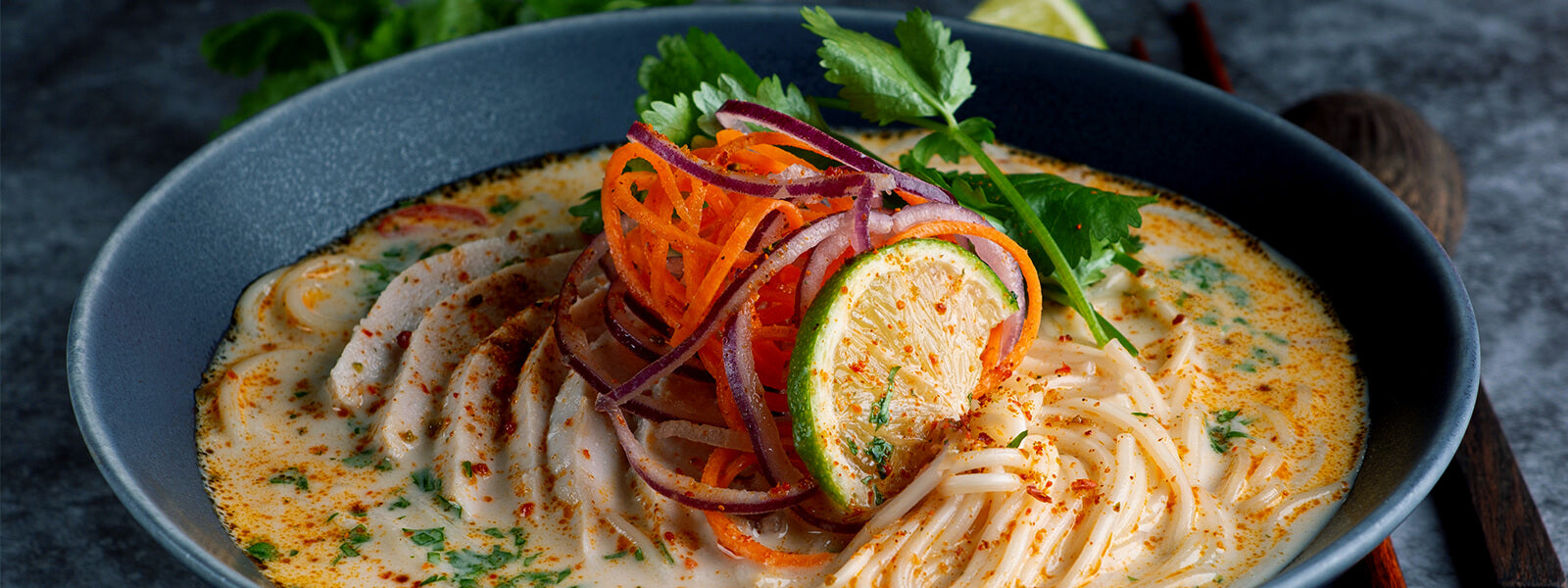
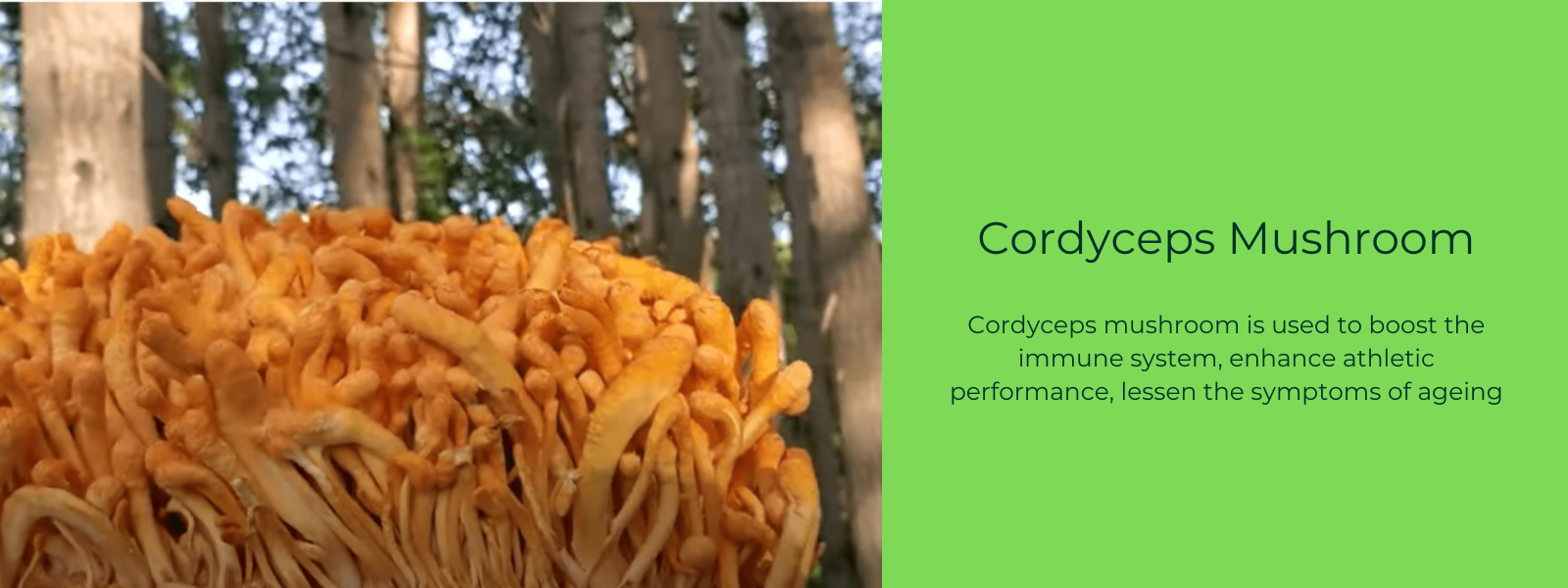
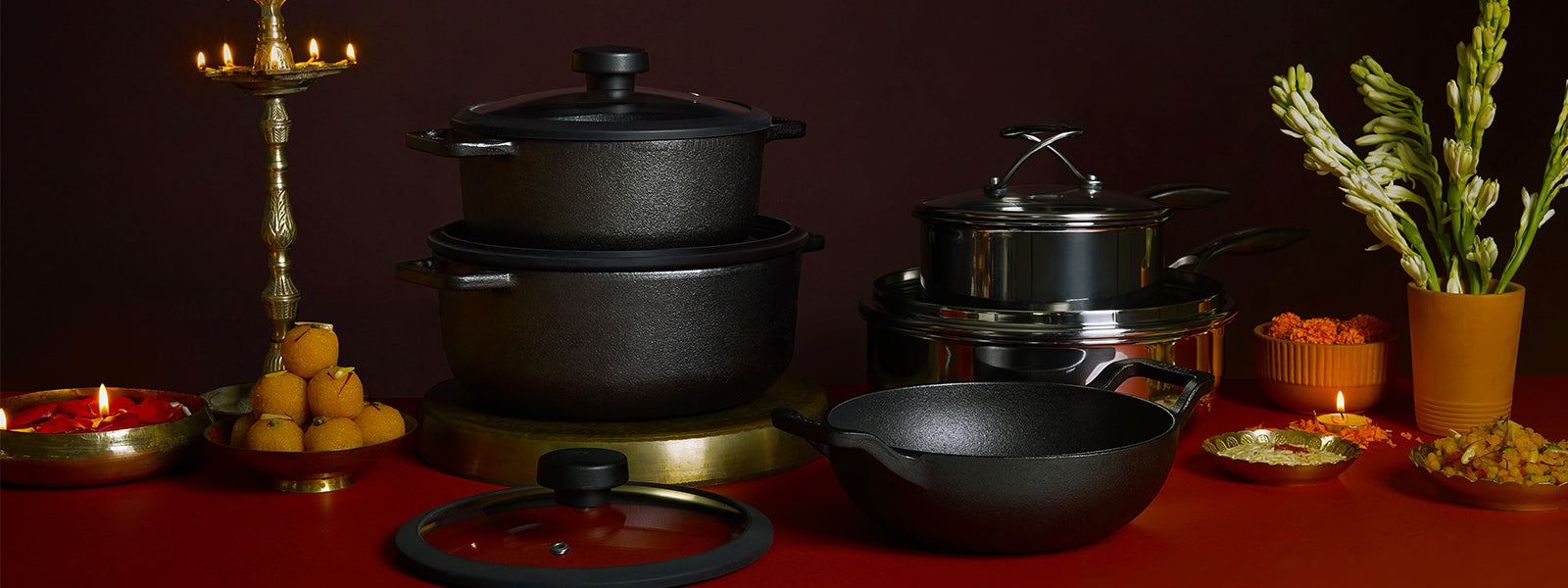

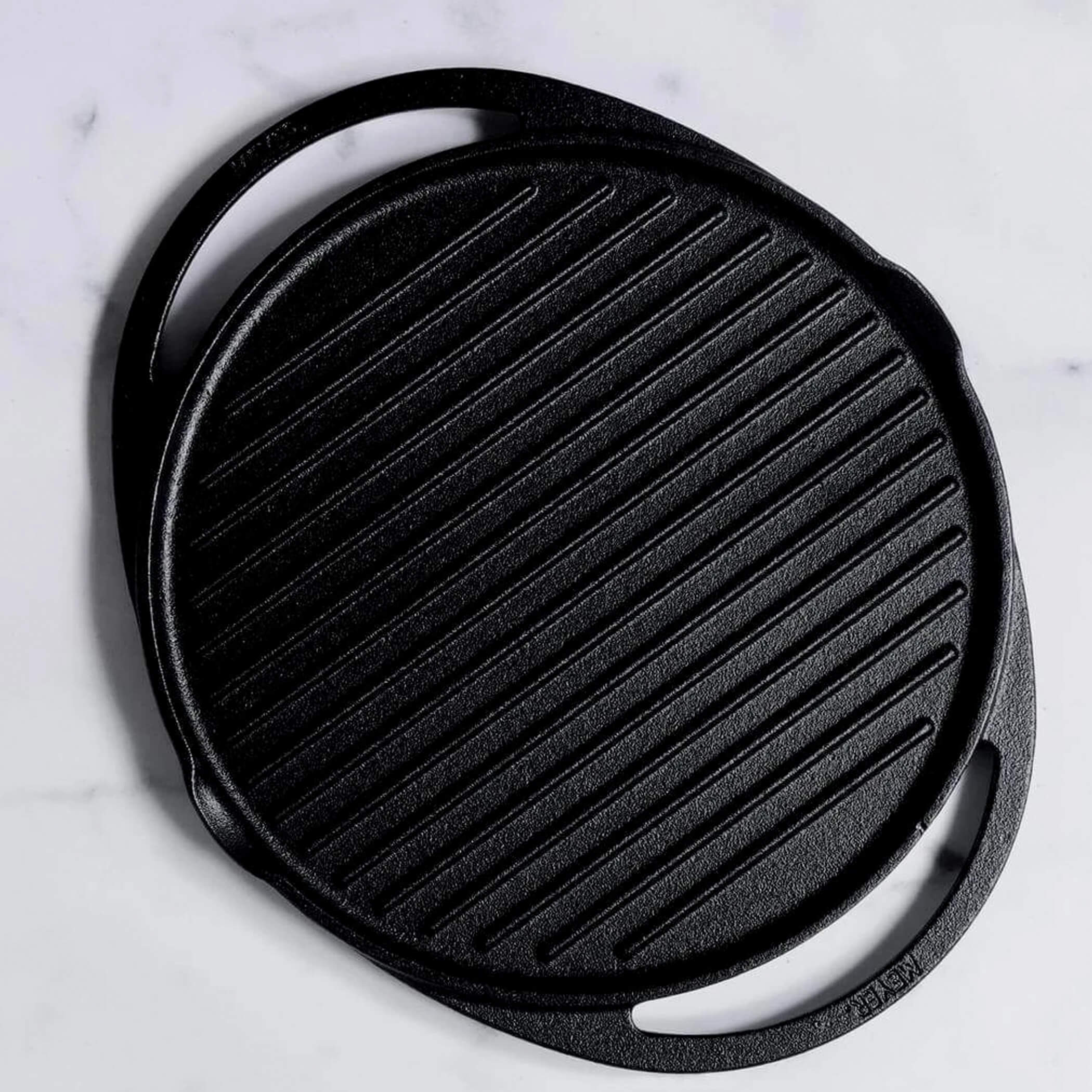
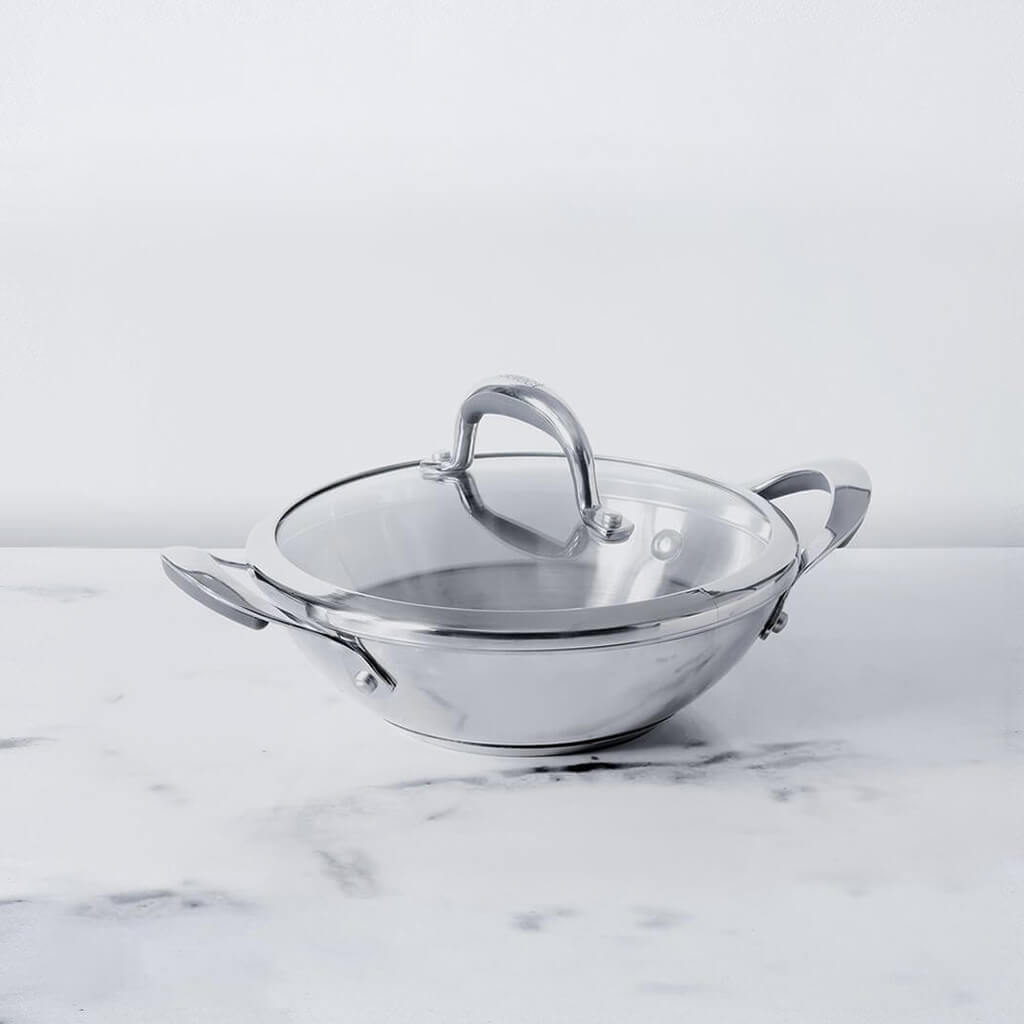




Leave a comment